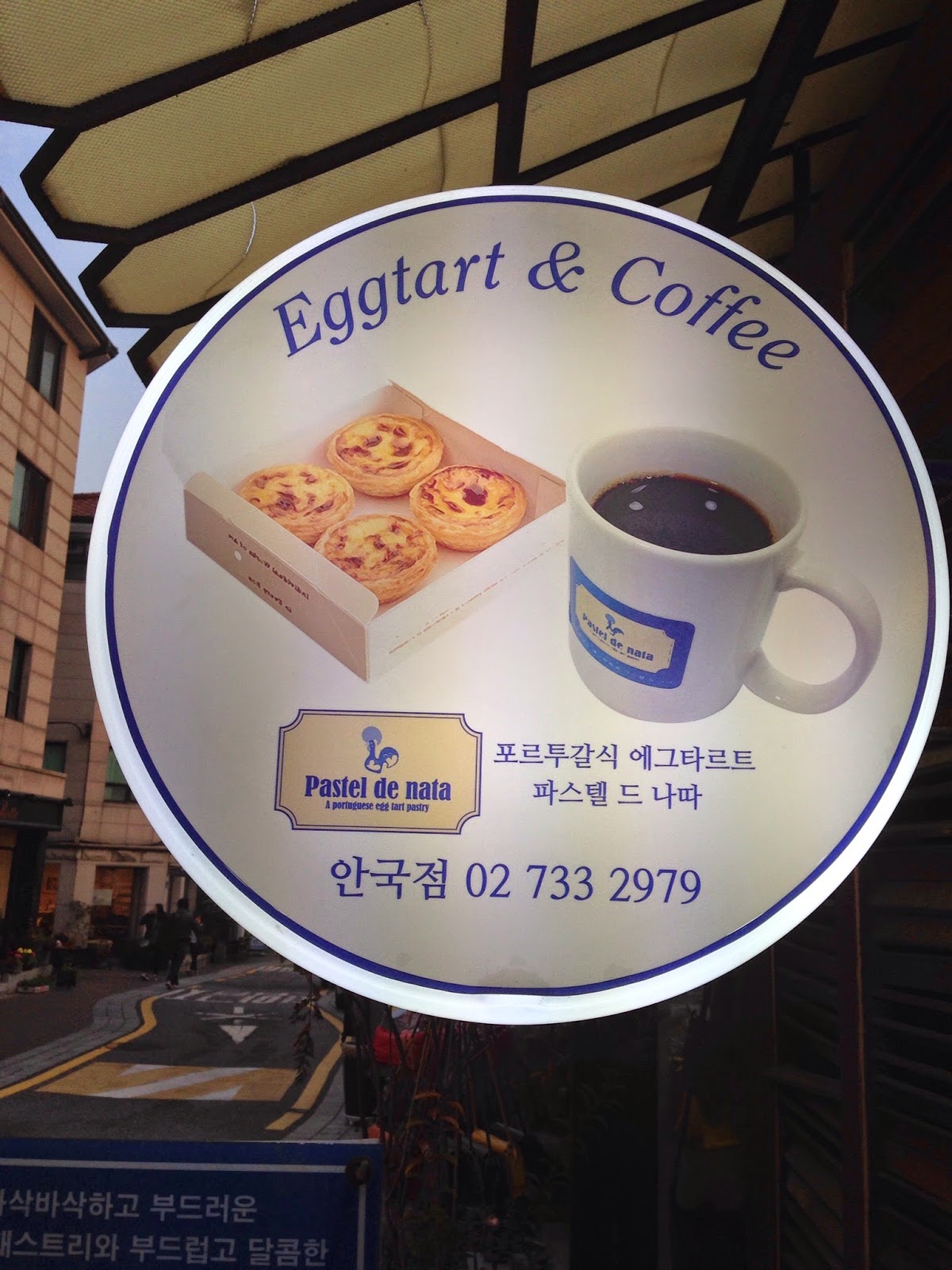China has changed. Almost 10 years have passed since I've laid eyes for the first time on this country and the differences are evident: fewer bicycles, bigger and better cars, more pollution, more skyscrapers – especially built in the middle of nowhere –, higher prices (uau!), funky reality shows and A LOT of Korean drama on tv.
At the same time, a lot has remained the same: the smell of food rooted everywhere and in everyone, the eternal rush under and above ground, the pushing to get through, the lack of English skills, the high tech in numerous services, and my favourite: the bamboo scaffolding skyrocketing over dozens of floors – still impressive!
The first feeling we got after landing in Beijing and arriving in the hotel: totally handicapped. We rely on Google to return the URL of every single website we use, but Google doesn't work in China. After a complete mind shift we finally started using Bing as startpage. OK, first obstacle overcome. Next?
 |
| Beihai Park |
Getting around. The subway is extremely cheap when compared to other services. Even though some lines are pretty crowded, it's the easiest way to get around, since traffic is hell. The best way to get to town from the airport is by Express Train (25 yuan) to Dongzhimen and then by metro to any other part of town (single ride is 2 yuan).
As soon as we arrived, we organised the trip to the Great Wall – Mutianyu section . In the meantime we visited Tiananmen Square and Beihai Park, which looked beautiful after the pouring rain of late afternoon.
Dinner was in the Houhai area, close to the three lakes. The same place where we ate 5 different vegetarian delicacies (cucumber with soybean paste, green onion pancakes, spicy tofu, sweet and sour radish, mashed eggplant with garlic) also served snake, frog and baby turtle. This is China after all!
 |
| Great Wall - Mutianyu |
The visit to the Great Wall was well worth the bus ride. The sky was clear, there were only a few tourists and we had almost the whole place for ourselves. The ride up was by cable car but we got down by this odd, snail-paced toboggan – thanks Hugo, great idea!
 |
| Tobbogan from Tower 6 |
In the evening, we discovered a nice little restaurant close to our hotel, which was really a gem. Mainly frequented by locals, it specializes in seafood but with many other options. We had the golden flower trio, pea sprouts, tofu with mint and crayfish (apparently this is THE THING to eat here!). Communication was a challenge , as anywhere else in China, but as long as the menu is in English, we get through it.
Next day, after visiting the Forbidden City we headed for Xi’An. The airport is new but far away from town. The shuttle bus to the centre (Drum Tower) takes more than an hour and costs 50 yuan.
To get to the Terracotta warriors and Qin Shi Huang’s Mausoleum, there are buses departing from the East Square of Xi’An Railway Station. Tourist bus no. 5 is the fastest, because it doesn't stop every 5 minutes like all the others. The ride is 8 yuan per person, no matter which bus you take.
 |
| Terracotta warriors - Pit 1 |
The sight of the warriors is amazing mostly because of the size of the pits where excavations are still going on. It’s thought that the emperor's mausoleum, which is located 1 km away from the warriors, is also full with hidden treasures but excavations here are just starting. Until now, more than 8000 figures (warriors, horses, and carriages) have been revealed. The emperor started this enterprise when he was 13, as soon as he took the throne, which makes me think that they only lived to die, but in style!
Our time in Xi’An was coming to an end, but we still managed to see the Small Wild Goose Pagoda – worth a visit if one wants to avoid the crowds at the big Wild Goose Pagoda.
On our way back to Beijing we took the high-speed train, which links the two cities in about 4 hours with one stop in the middle (Zhengzhou, really?). Not only was the train full of people – even though the ride costs more than 500 yuan – but also packed with all types of goods. OK, mostly fruit and vegetables but smelly nonetheless. Seeing them like that in a millions-worth train was far from being uninteresting.
Back in Beijing, time was scarce. We bought the last souvenirs (never got that bloody soybean paste but ok) and left to the airport to catch our plane to Chengdu, which proved to be quite a challenge. It was delayed 2 and a half hours due to bad weather, plus we faced a traffic jam in the line-up for the runaway – one hour burning fuel and half of the passengers either eating, standing in the aisle, screaming at the crew or opening the overhead compartments. Chinese FAA equivalent, where are you?

Our plans got twisted and we only managed to go to the Panda Breeding and Research Centre in Chengdu. Only? Well, it was the highlight of our journey and the best way to end this stopover. Why? .... Look right!
It’s amazing to see such contrasts in this huge country, which has over 50 nationalities. They say they are shy and to be able to express certain feelings, including love for someone, they sing it instead – hmm…
Even though patriotism is built in them from early age, one sees the intricate tensions very clearly, and not only in the "spiritual" blue roofs seen from the airplane. Security is tight in all relevant public places: historic sites, museums, monuments, subway and train stations, airports. But they go easier on foreigners than on their own citizens.
From Chengdu -> Amsterdam: hello Europe!































.jpg)




















